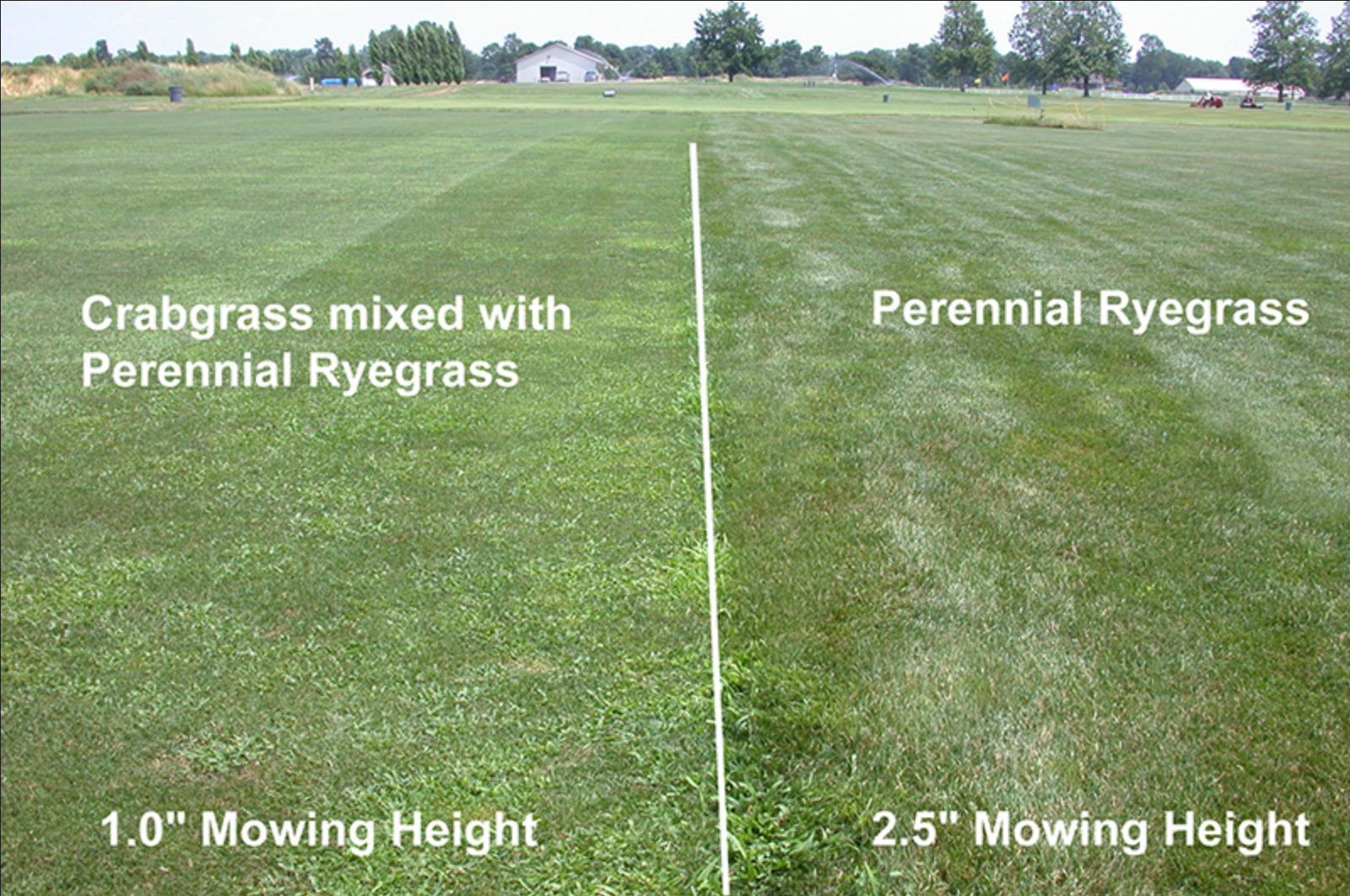picture of the week
November 29, 2021
Bare Spots in the Lawn Left Behind by Summer Annuals
Glenn Hardebeck, Turfgrass Research Center Manager, Purdue University,
Horticulture and Landscape Architecture
With the first few frosts of the fall, summer annuals such as crabgrass, knotweed, black medic, and spotted spurge came to the end of their life cycle. By now these weeds have long since desiccated and are crumbling away leaving behind bare spots in the lawn. Properly dealing with the bare spots is the first step to controlling next year’s weed problem.
We often look at weed problems from the wrong prospective. Instead of seeing the weeds as the problem, we should be looking for the problems that caused the weeds. For example, low mowing height and poor fertility reduces turfgrass vigor and therefore increases weed pressure. Weeds don’t necessarily choke out the lawn. Instead, weeds take advantage of a weak, thin lawn. A thick, healthy turf is the best form of weed control. It’s important to access a lawn in the fall and determine how to promote density. While fall fertility is the primary means to revitalize most cool season turfgrass stands, thin lawns can still be improved before spring through dormant overseeding.
Click image to enlarge



